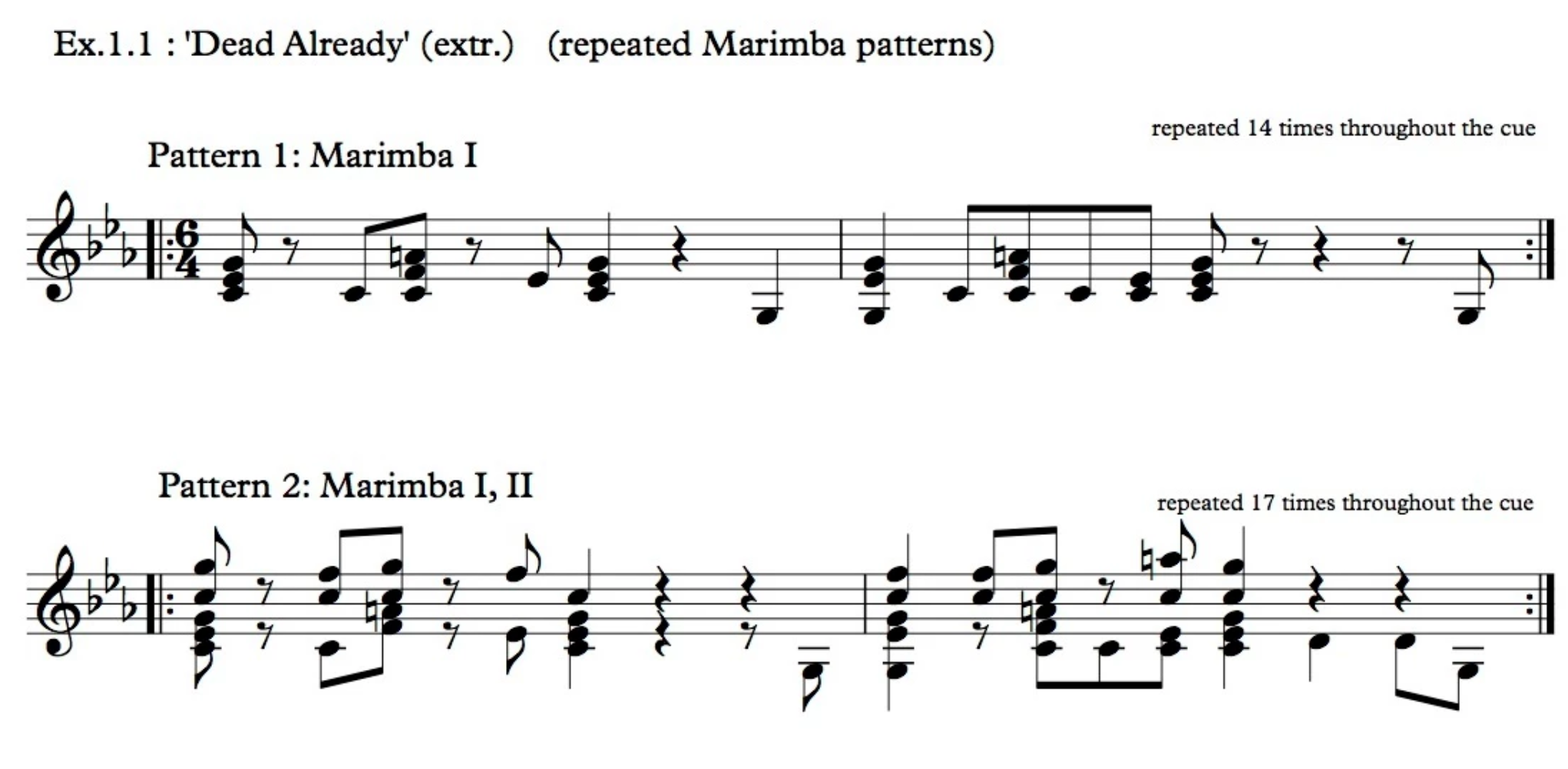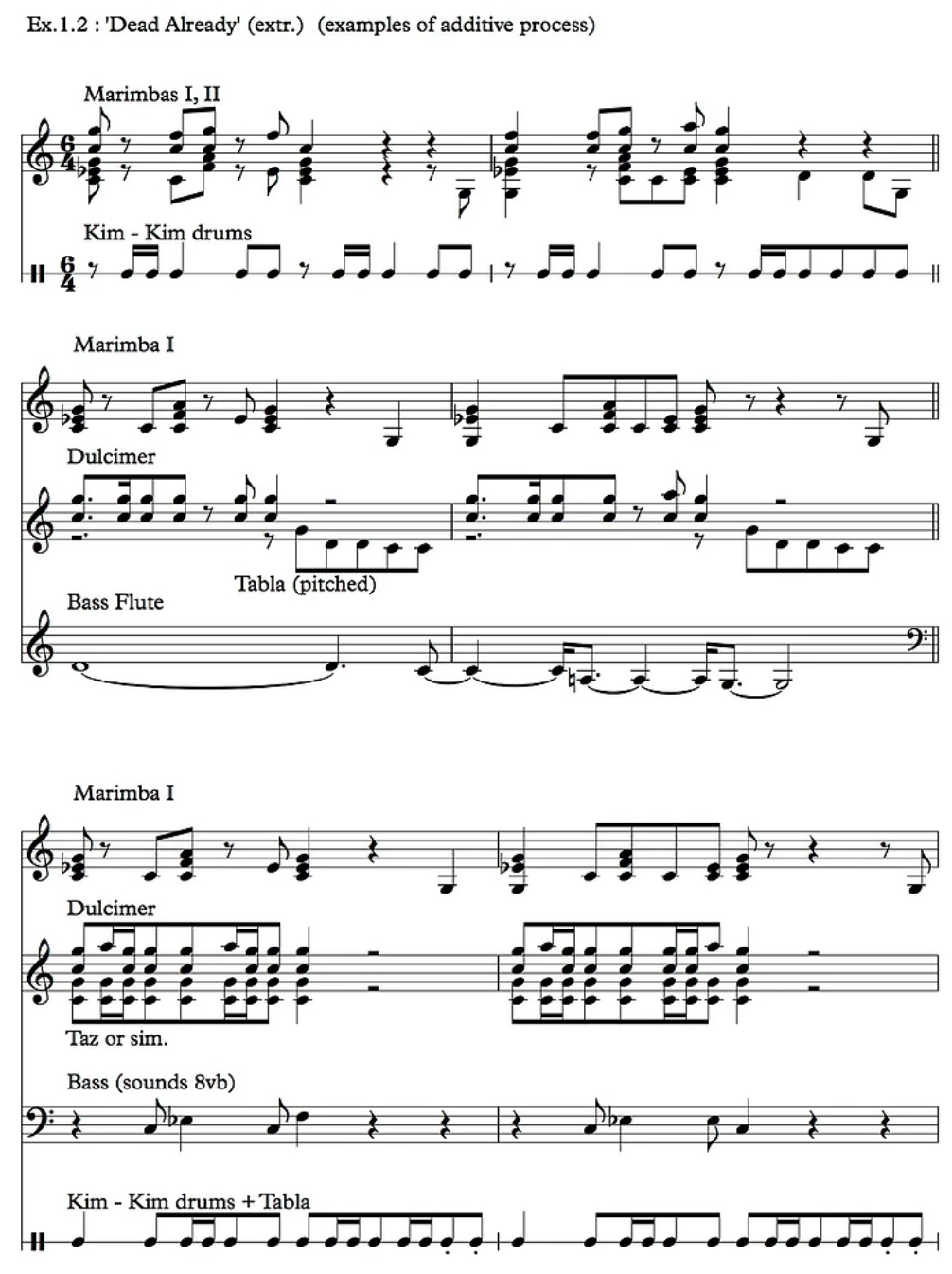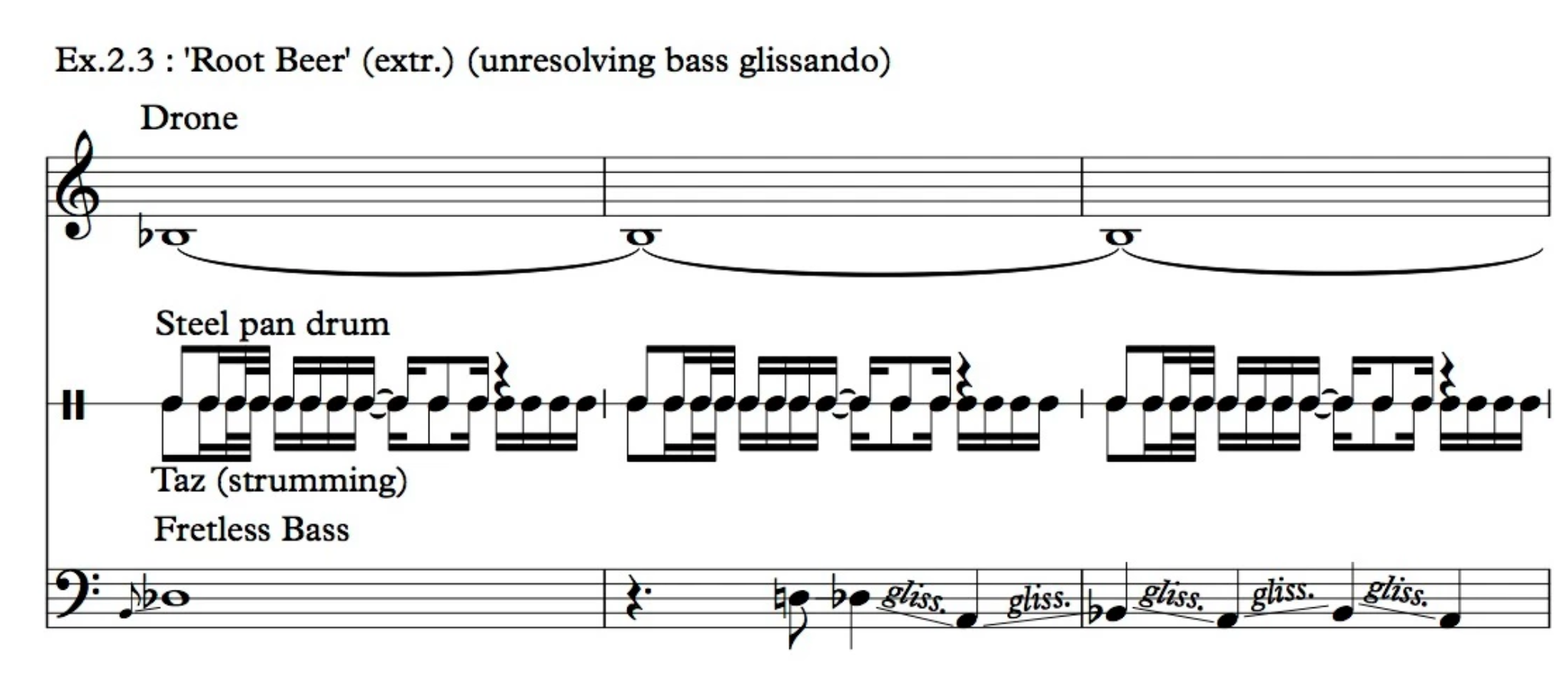How Thomas Newman’s Score For “American Beauty” Flipped The Script On Film Music
With its 20th anniversary in sight, Sam Mendes' film American Beauty has received its share of both critical acclaim and controversy, but it is perhaps less often remembered for its groundbreaking and game-changing score.
__________________________
Guest post by Alex Wilson of Soundfly's Flypaper
2019 will be the 20th anniversary of Sam Mendes’ critically acclaimed and controversial film American Beauty. Anyone who saw it back in 1999 will remember the way the storytelling captured one’s imagination with a very intellectual sort of seduction. American Beauty was and still is a filmmaker’s film, yet for those of us who care about film music, it was an utter game changer.
You might be wondering why we’re examining a 20-year old-score today. Well, Thomas Newman’s music for American Beauty stands the test of time as a masterclass in film composition. It’s unconventional in tone and instrumentation, with its emphasis on tuned percussion having a lasting effect on music made for films, television, and even advertising. Moreover, Newman employs a variety of different compositional approaches to suit the demands of each individual scene while maintaining a sense of unity and emotional impact.
This is a great time to mention that Soundfly is currently hard at work developing our own Mainstage course in film score composition, due to launch later this year. If you’re interested in being notified when the course launches, just sign up for our mailing list and you’ll be the first to know. In the mean time, we have loads of other online courses that might suit your interests, as well as a team of Soundfly Mentorsexperienced in composition and arranging!
Now, while Newman is not as well known a composer as, say, Hans Zimmer or Ennio Morricone, he is no less a giant of his craft. The Newmans are one of the most accomplished musical families in recent American history. Randy Newman, one of the country’s most beloved singer-songwriters, is Thomas’ cousin and an accomplished film score composer in his own right. Thomas’ father, Alfred, was also a towering figure in early film scoring, cementing a legacy between the 1930s and 1960s that led to him being counted as one of three “Godfathers of film music.” The Newman family also boasts other successful composers in Lionel, Emil, Maria, David, and Joey.
It’s probably no surprise, then, that Thomas Newman has been nominated for 14 Best Original Score Oscars, but frustratingly, has yet to land an actual statue. His score for American Beauty suffered the same fate, even as the film cleaned up in several other major categories. The film, which humorously and ruthlessly exposes the emptiness at the heart of America’s suburban dreams, might seem like it needed a score focused around disillusion and loss. But Newman cleverly opted for something a little different. His score is driven by Eastern-tinged tuned percussion, tribal drums, and a unique emotional tone that augments and densifies the film’s socially critical layers of subtext, rather than reinforcing them.
Here, we’ll look at three of the most iconic cues from American Beauty, and how Newman subverts our expectations with each to heighten the viewing experience in various ways. There are short clips from the film in each section, but we strongly recommend rewatching the film in its entirety if you can. Newman’s score is so much more effective within the total, fictional world of American Beauty than it is disembodied on the soundtrack release. The basic cue transcriptions here have been lovingly provided by guitarist and composer Filippo Faustini.
“Dead Already”
One of the first things you’ll notice is how the name of this cue seems to contradict the lightweight, sunny feel of the music. Its optimistic tuned percussion contrasts with the depressed monologue of protagonist Lester Burnham, yet it sets the scene perfectly alongside the brightly colored roses scattered around the frame. As we’re drawn deeper into his bleak outlook, “Dead Already” intensifies its jauntiness. Acoustic guitar strums, small drums, and some well-placed bass guitar notes only highlight the distance between Lester’s actual existence and the implied American dream that he should be living, which reveals itself as a sinister anxiety just beneath the surface.

This build reveals the cue’s structural debt to the compositional practice of minimalism. Indeed, the track maintains our attention throughout with only the barest melodic material.
The main ostinato is built out of the C dorian mode. One of the key movements within the phrase is between dyads of E♭ major and F major. This shift between the thirds (G and A) highlights the natural sixth scale degree of dorian, bringing out a mysterious depth that lends emotive, bittersweet weight and dramatic tension to a cue that, on paper, may appear lightweight and simple. The timbres of the instrumentation only serve to accentuate this.

This cue, the first musical theme we hear as the film opens, is a tremendous example of how to do more with less. It’s also very important to note that the music appears to be commenting on the visuals rather than reflecting them. We’re not hearing music that directly mirrors Lester’s feelings of dread. Instead, the music approaches the script and screen laterally, providing another angle of exploration. It’s another character.
“On Broadway”/“Root Beer”
Now, here’s an example of a musical contribution from Newman that opts to stay closer to the surface. His cue, “Root Beer,” weaving in and out of the 1960s standard “On Broadway,” feels more like sound design than straight musical composition, per se. He employs frantic tribal percussion and atonal ambient noises to evoke the lustful dreamscape of Lester’s mind.
What’s fascinating about this cue is the way that it structures the sense of time within the film world. One of the key concepts in film is diegesis. Any sound or music that occurs in the world inside the film, that the characters can likely hear themselves, is diegetic, while music and sound that is used as part of the decorative telling of the story, and which is therefore not heard or experienced by the characters, is non-diegetic. Most film music is non-diegetic (e.g., if you’re out on a boat hunting a giant shark, you’re probably not hearing a string ensemble).
Yet this cue blurs those lines. “On Broadway” is most certainly being performed within the film world, but when we fully enter into Lester’s own consciousness, that music fades away and is replaced by the sensual, exotic sonic oasis of his fantasy. We follow Lester as he leaves his bodily reality in the gymnasium, and journeys to a wholly other mental reality with a new set of contours. What counts as diegetic and non-diegetic here is purely subjective based on which character’s perspective we choose to occupy.

Earlier, I noted how “Dead Already” comments on rather than reflects the action. “Root Beer” does the opposite. When Newman’s cue hits us, it ushers us into the suspended time Lester is now occupying. It’s a moment within a moment, and the music helps us feel it with Lester. Is this fantasy he’s having about Angela a minute, a second, even more, or even less? The queasy, anxious pace of the music pulls the audience away from the shared reality of all the other present characters and into Lester’s space of timelessness. The music in this way works totally in sync with the script and visuals, buttressing the latter’s effort to convey the two realities that divide Lester’s consciousness throughout the film.
“American Beauty”
Of all the cues here, “American Beauty” (reprised at the film’s end as “No Other Name”) stands on its own, without explanation. It’s the most famous cue from the film and a gorgeous piece of music in its own right. The unresolved melodicism of its gentle piano recalls the work of minimalist composers like Brian Eno and Arvo Pärt, while the gentle bed of synths borrows from the best of the new-age color tone palette.

If I can highlight one important aspect about this cue’s role in the film, it’s the way it has been designed to accompany a slow, philosophical monologue. Newman leaves long gaps between his piano phrases here, allowing the film’s editor the room to move around when making sure speech and music don’t tread on each other’s paths. Ultimately, this subtle call-and-response is what gives the scene a great deal of its overall impact.
Once again, we have music and film action occupying the same shared space, but at a distance from one another.
Then when the monologue reaches an emotional climax, the music moves with it. Newman takes away the piano, but allows his strings and synths to elegantly outline a new chord progression. At the same time as he’s opening space in the arrangement for the dialogue to stand tall, he’s making subtle changes in harmony that keep the emotional momentum moving forward. This piece is also based in C dorian. It may be part of what gives the score such a strong sense of unity and symmetry, despite its variety of disparate elements.
This has only scratched the surface of what’s going on here, yet I hope it has opened some doors of thought and reflection. Once again, I hope you’ll rewatch this film to find more elements of the film-music relationship here, and be sure to check out more of Filippo Faustini’s score transcriptions and analyses here.
In case you’re new to Soundfly, all of our Mainstage courses come with six weeks of one-on-one professional mentorship, guidance, and feedback on your work. It’s like having a personal trainer, but for music! Whether you’re interested to dive deep into a topic covered by one of our courses, like Orchestration for Strings, Introduction to the Composer’s Craft, or The Creative Power of Advanced Harmony, or just to work with a Mentor directly to achieve a specific goal, we can help you get there.
Alex Wilson is a multi-instrumentalist, composer and producer from Sydney, Australia. He founded the post-rock band sleepmakeswaves, with which he has toured Asia, America, Europe and Australia. In his spare time he writes music for short films, produces bands and subsists on altogether too much coffee. Alex is the instructor of the free Soundfly course, Live Clicks and Backing Tracks.